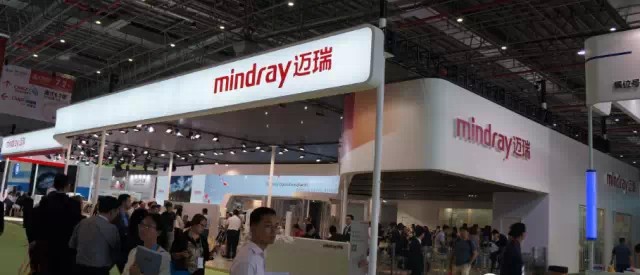At present, the use of industrial robots in China is mainly concentrated in the automotive industry and the electrical and electronic industry. Arc welding robots , spot welding robots, and handling robots are widely used in production. Below we will talk about the current advantages and disadvantages of industrial robots from a technical perspective. Here is the topic we are going to talk about today - the performance characteristics of industrial robot technology !
1. Industrial robot technology performance characteristics - intelligence
The reason for putting the smart type on the last point is that it is not the most urgent for the time being because of the current mainstream demand for robots (ie, strong, fast, and accurate). This also reflects the advantages of traditional industrial robots (hard work, quality and quantity, is a good "working") and insufficient (but very "stupid", old people teach).
But it doesn't mean that smart is not important. On the contrary, companies have begun to make technology investments. For example, how to let the robot better understand the human command intention, relatively independent to understand and plan the task, without a point to tell people how to go; how to make the robot change in the external environment (light dimming Affects image recognition, damage to items on the conveyor belt requires special handling) Automatic adaptation; how to judge the assembly quality of parts by tactile visual acuity, etc.

2. Industrial robot technology performance characteristics - electromechanical performance
Industrial robots generally achieve motion accuracy of less than 0.1 mm (refer to repeated motion to point accuracy), grab objects weighing up to one ton, and stretch up to three or four meters. Although such performance may not easily complete some "crazy" processing requirements on Apple's mobile phone, for most industrial applications, it is enough to successfully complete the task. As the performance of robots has gradually improved, some previously impossible tasks have become feasible (such as laser welding or cutting, which required special high-precision equipment to guide the laser's direction, but as the accuracy of the robot increases, it also changes. Deco can rely on the exact motion of the robot itself instead.)
However, compared with traditional high-end equipment, such as high-precision CNC machine tools, laser calibration equipment, or special environment (high temperature or ultra-low temperature) equipment, industrial robots are still unable.
3. Industrial robot technology performance characteristics - human-machine cooperation
Traditional industrial robots work in cages because it is dangerous (imagine a guy holding dozens or hundreds of kilograms squatting at four meters per second, no one wants to get close). The main reason is that general robots, based on cost and technical considerations, do not integrate additional sensors to sense external special situations (such as sudden touches), it will only be "stupid" in accordance with human programmed procedures. The movement of the day, unless there is an external signal telling it to stop.
So the common solution is to equip the robot with a cage. When the cage door is opened, the robot will automatically pause when it receives the signal. Safety considerations naturally bring a lot of extra costs to robot integration. The cage may not be expensive, but after all, it is necessary to carefully consider the production line layout, increase the production line area, change the cooperation mode of human-machine, etc., thus affecting production. effectiveness.
Therefore, the industrial robots that have received more attention recently are proud of being able to work safely with people, such as Baxter of RethinkRobotics, PR series of Universal Robots, and semi-concept semi-finished products of many traditional industrial robot giants (abb, kuka, Yaskawa, etc.). Robot.
4. Industrial robot technology performance characteristics - ease of use
The essence of the traditional robot is to continuously take a path point, while receiving or setting peripheral I / O signals (old and other settings such as fixtures , conveyor lines, etc.). The process of guiding the robot to do so is robot programming. Almost every leading company has its own programming language and environment, which requires robot operators to participate in learning training. When the scope of application of the robot was widened, this cost began to appear.
For Oppo Glass,Oppo Find X3 Front Glass,Oppo Phone Screen Glass,Oppo Reno 5 Pro Glass
Dongguan Jili Electronic Technology Co., Ltd. , https://www.jlglassoca.com